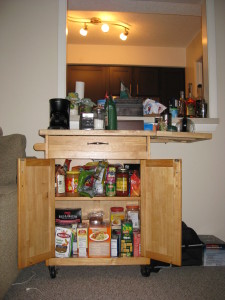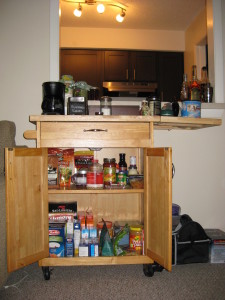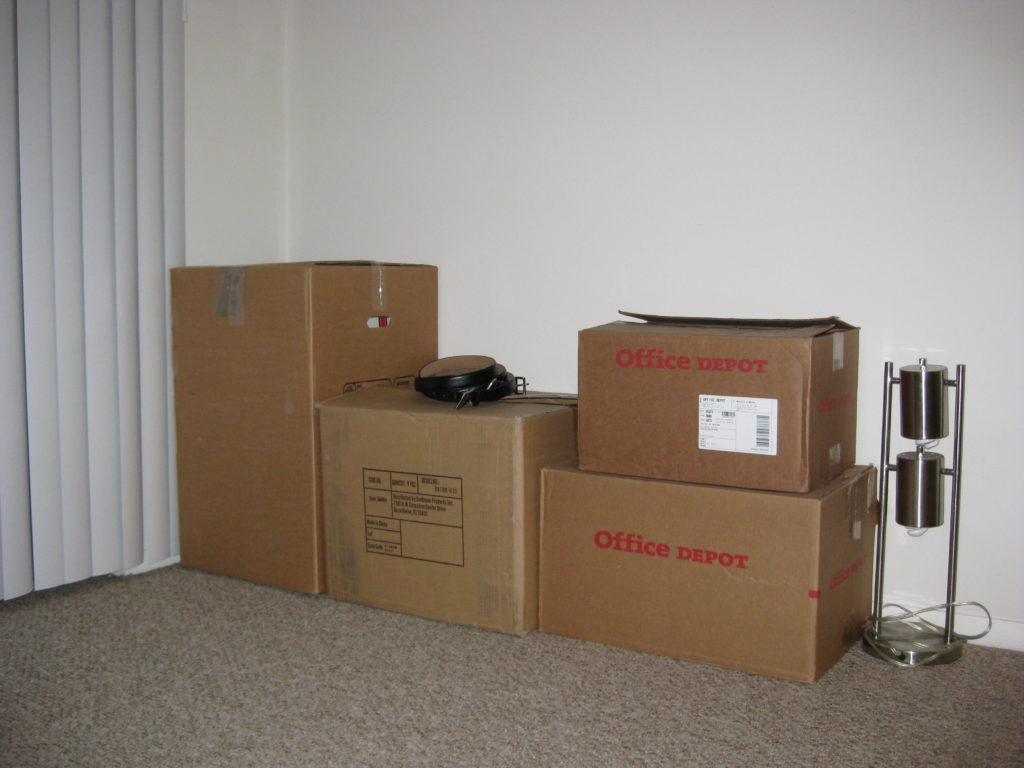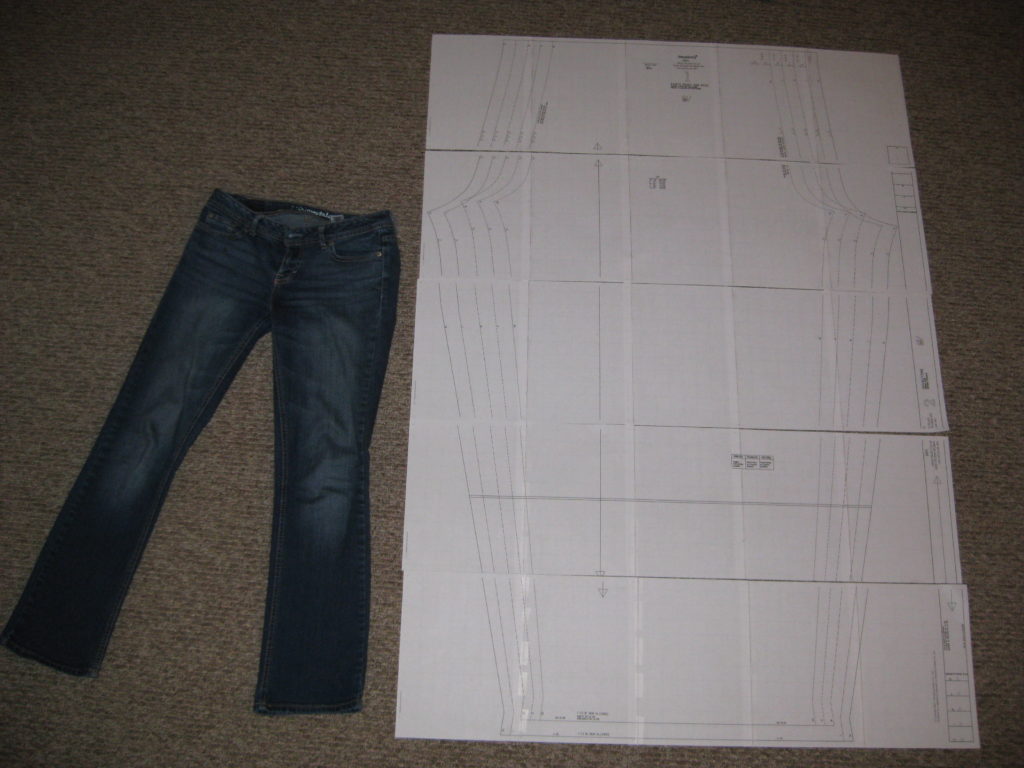Cleaning the kitchen is easily my least favorite deep-cleaning chore.¹ Cleaning just about any other room of the apartment consists mostly of tidying, with dusting and vacuuming to finish it off. Cleaning the bathrooms, although I’ll drag my feet on it, usually doesn’t take as long or use as much energy as I dread it will. Cleaning the kitchen is always a serious undertaking, filled with scrubbing and fumes and rearranging everything in sight in order to clean under and around it. Even with a small galley kitchen the prospect is daunting, and I always feel wiped afterward, so trying to throw it in amidst other chores will guarantee that nothing else gets done.
The assignment instructions emphasize improvement over perfection, so I decided to tackle only two of the three big chores they recommend—I cleaned out the fridge/freezer and cleaned all surfaces but postponed the cabinets because I think they’ll need a whole day of their own—and instead added in a couple of chores that I should probably do more regularly but often overlook:
- Clean the range hood. Although this isn’t particularly difficult, I’ve usually avoided it on the grounds that I don’t have a cleaner that can cut through the greasy, gummy, dusty grime that accumulates up there. This time I tackled it by thoroughly soaking it with multi-purpose surface cleaner and then letting it sit (and drip, because there’s no way around it) for 15–20 minutes. That seemed to do the trick. And if I can remind myself and Justin to wipe it down more frequently, the extra-long soak shouldn’t be necessary in the future.
- Oil wood cutting boards. We have a trio of bamboo cutting boards that have served us well since we first got married five years ago, and I’m ashamed to admit that although I’d bought mineral oil to treat them with, I’d never actually used it. (Not for that, anyway. It has oodles of other household uses.) I’m afraid at this point there are some early signs of splitting that can’t be repaired, but at least I’ve staved off worse damage. I need to write down a reminder in my planner to do this once a month.
- Sharpen knives. Last year for Christmas my parents gifted us an electric knife sharpener, which is a huge boon because I’ve been completely unable to learn how to effectively use a sharpening steel despite my best efforts. We try to sharpen the knives as we notice them becoming dull, but since I was in the kitchen anyway it seemed like a great opportunity to do all of them at once, including the steak knives and paring knife.
Other chores that I didn’t need to do today but that are easy to put off or forget are cleaning the coffee maker, changing the water pitcher filter, and rinsing out the utensil canister that sits on the counter.
What are smaller household tasks that you find easy to skip but make a huge difference when you do them? What about chores you can’t stand—how do you motivate yourself to tackle them?
¹ My least favorite daily chore is doing the dishes. My childhood home and my first apartment with Justin didn’t have a dishwasher, and I loathed dishes. Working in food service for three years just reinforced my hatred. Having a dishwasher now certainly helps, but I’d sooner find two other chores to do than load it, or hand-wash anything. Justin gets dish duty a lot.




